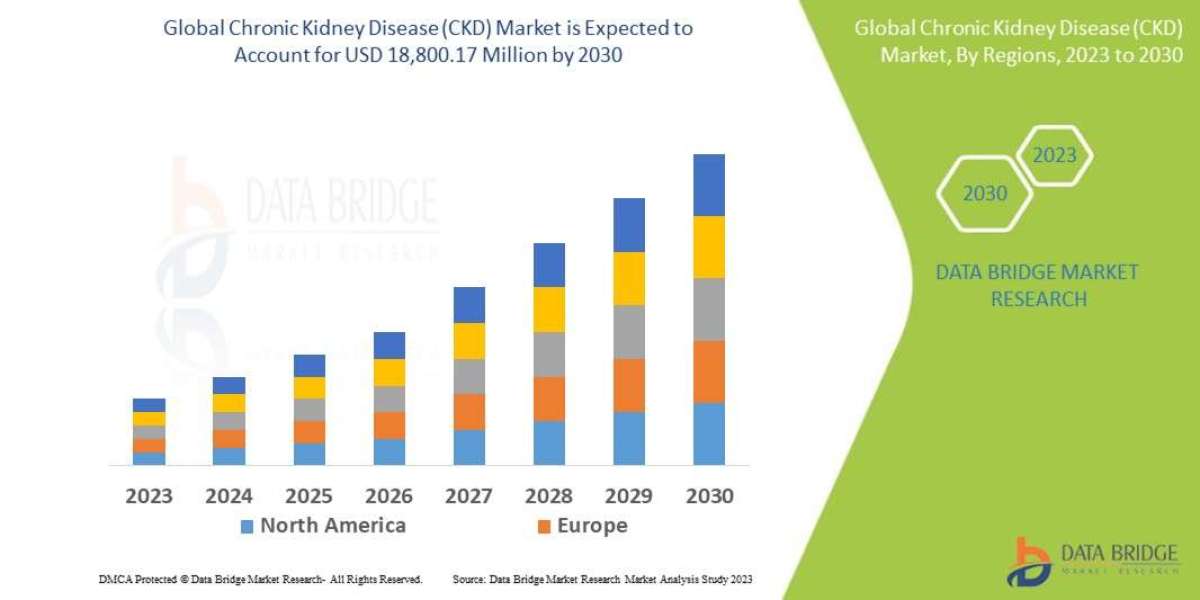Let’s face it—credit cards are convenient until the bill arrives and you’re neck-deep in debt. In India, thousands are trapped in the credit card spiral due to hefty interest rates and penalty charges. So, what do you do when the payments get out of hand? This is where credit card settlement steps in as a smart, legal, and practical strategy.
Understanding Credit Card Debt in India
With rising inflation and unpredictable incomes, it’s easy to rely on credit cards for daily expenses. But soon, the snowball effect kicks in—minimum payments, late fees, interest, and before you know it, you’re stuck.
Example: Raj, a marketing executive in Delhi, lost his job during the pandemic. He survived for a few months using his credit card. Now he owes ₹3 lakhs and can’t even afford the minimum due. What are his options?
What Is Credit Card Settlement?
Credit card settlement is a mutual agreement between you and your bank where you pay a part of your outstanding debt in a lump sum, and the bank agrees to waive off the rest.
Yes, your credit score takes a hit—but it saves you from lawsuits, harassment, and lifelong debt. It’s legal, and it’s often the most practical route for genuine defaulters.
When Is Credit Card Settlement a Smart Move?
You should consider settlement when:
- You’ve missed multiple payments
- You’ve received legal notices
- You’ve lost your income or had a medical emergency
- Your debt has become unmanageable and you can’t qualify for a loan
How Does Credit Card Loan Settlement Work?
Step 1: Assessing Your Financial Situation
First, get real with your numbers. What’s your total outstanding? Can you arrange a one-time payment (say 40-60%)? If yes, move forward.
Step 2: Contacting the Credit Card Issuer
Call the bank’s recovery or customer service team. Let them know you’re financially distressed and want to explore a settlement.
Tip: Don’t panic. Be honest and firm.
Step 3: Negotiating and Receiving the Offer
The bank might initially resist, but will usually offer a settlement amount after checking your payment history and delinquency status.
Example: For a ₹1,00,000 bill, they may offer settlement at ₹50,000.
Step 4: Getting a Settlement Letter
Never pay a rupee without a written settlement letter. This document is your protection against future claims.
Step 5: Finalizing the Settlement
Make the lump sum payment within the stipulated time, and your account will be marked as “Settled.”
Pros and Cons of Credit Card Settlement
✅ Benefits of Settlement
- Immediate debt relief
- Stops collection calls and harassment
- Legal alternative to default
- Gives you a second financial chance
❌ Disadvantages of Settlement
- Drops your credit score
- “Settled” tag remains on credit report for 7 years
- May reduce chances of future loans
- Needs upfront lump sum
Is Credit Card Settlement Right for You?
If you tick one or more of the boxes below, settlement may be for you:
✔ You’re unemployed
✔ Your monthly income can’t cover minimum dues
✔ You’ve maxed out multiple credit cards
✔ You’ve already defaulted and the bank is threatening legal action
Credit Card Settlement vs Other Debt Relief Options
| Debt Relief Option | Definition | Impact on Credit Score |
|---|
| Credit Card Settlement | Pay a reduced amount in lump sum | Negative |
| Debt Consolidation Loan | New loan to pay off old ones | Neutral to Positive |
| Balance Transfer | Transfer dues to lower-interest card | Positive (if managed well) |
| Credit Counseling | Financial advice and restructuring | Neutral |
| Bankruptcy | Legal discharge of all debts | Severely Negative |
How Credit Card Settlement Affects Your Credit Report
Once settled, your account is marked as “Settled” instead of “Closed.” This tells future lenders you didn’t repay the full amount.
Expect a drop of 75–150 points on your CIBIL or Experian score.
Can You Remove the “Settled” Tag?
Technically, yes. Realistically? It’s tough.
Ways to attempt removal:
- Request the bank to update the status to “Closed” after goodwill payment
- Dispute the record with the credit bureau
- Wait it out (7 years expiry)
Keep your settlement letter safe in all cases.
Tips Before You Go for Credit Card Settlement
Technically, yes. Realistically? It’s tough.
Ways to attempt removal:
- Request the bank to update the status to “Closed” after goodwill payment
- Dispute the record with the credit bureau
- Wait it out (7 years expiry)
Keep your settlement letter safe in all cases.
Why Choose a Professional Settlement Company Like LoanRelief?
Going solo in a financial jungle? Risky.
LoanRelief offers:
✅ Expert negotiation with banks
✅ Legal protection from harassment
✅ End-to-end support
✅ High success rate and lower settlements
Thousands of Indians have restarted their financial journey with us.
Final Words: Regain Control of Your Finances
Credit card debt feels like quicksand—you’re sinking, and the more you struggle, the deeper you go. But with credit card settlement, there’s a rope. Yes, it’s not the cleanest way out, but it’s still a way out.
With expert help, the right timing, and a smart strategy, you can settle your dues and start again.
FAQs
1. Is credit card settlement legal in India?
Yes, it’s a fully legal process offered by almost all major banks when a borrower defaults due to genuine hardship.
2. How much can I settle my credit card for?
Typically between 40%–70% of the total outstanding amount, depending on your case.
3. Can I settle more than one credit card at a time?
Absolutely. Many people do bulk settlements if they’re defaulting on multiple cards.
4. Will settlement affect my loan eligibility?
Yes, temporarily. But with proper credit rebuilding, you can restore your score within 2–3 years.
5. Can LoanRelief help if legal action has already started?
Yes. We have legal experts who can assist with ongoing cases while negotiating a favorable settlement.


